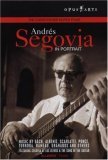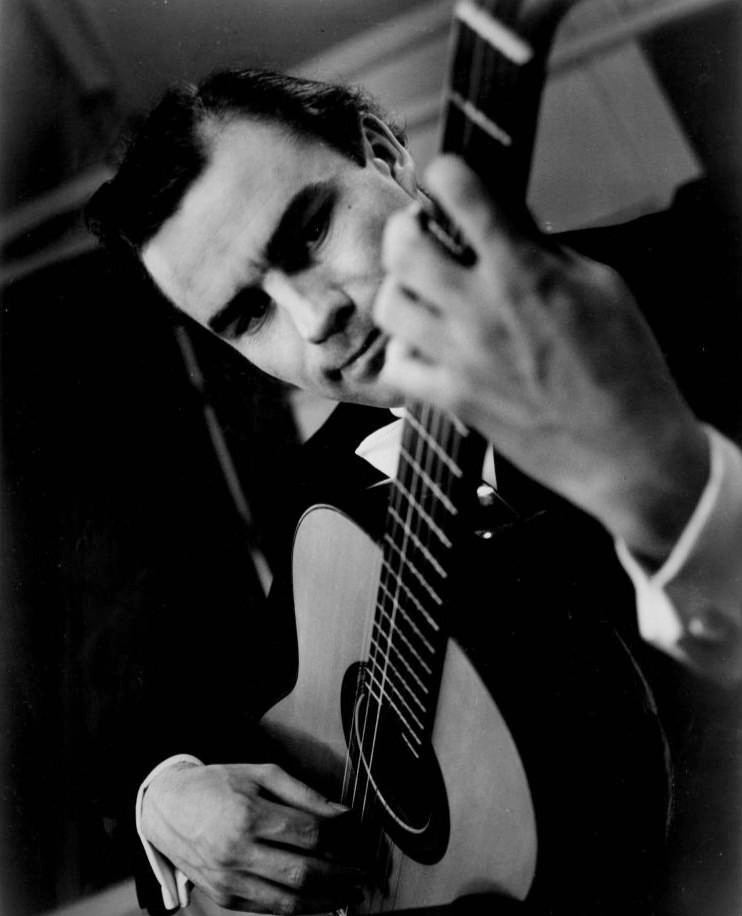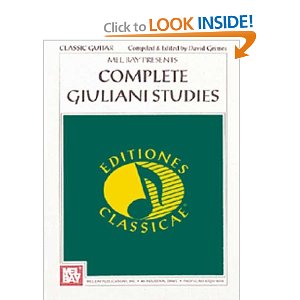- Home
- Classical Fingerstyle Portal
- 15 Actionable Guitar Lessons
- Classical Guitar Technique
- Guitar Lessons
- Beginner Lessons
- Guitar History
- The Renaissance Guitar
- Guitar Time Line
- Classical Guitar Blog
- Contact
- About Author
- Site Search
- Privacy Policy
- Site Map
- Classical Guitar Study Course 3.0
- Instant Classical Guitar Repertoire
- Classical Guitar Lessons For Beginners
Videos For Monthly Music Page
*** To Help Build Your Skills & Repertoire! ***
Check out this 'Videos for Monthly Music' page to get a good idea of how the music should be performed, especially if you don't read music notation.
My last 3 uploads are included with the accompanying PDF in both notation and tab. When I say "get an idea of how the music should be performed", I mean in terms of tempo, timbre or tone, dynamics and the like.
Exploring the Art and Technique of Classical Guitar:
A Journey into Dynamics and Expression
If you're passionate about classical guitar or aspire to master this intricate art, the "Videos for Monthly Music" page is a goldmine for insights into the nuances of performance. The page doesn't just provide a visual representation; it serves as a gateway to understanding the soul of classical guitar, delving into aspects that transcend mere notation.
Tempo is, of course, the speed of the music.
Obviously, different types of music such as the allegretto, waltz and prelude, to name a few, are often played at different speeds or M.M. markings (Maelzel's Metronome).
Even waltzes that are in different time signatures, such as 3/4 time and 3/8 time, will be played at different speeds the latter more often, the faster, unless otherwise directed.
Timbre or tone often means on classical guitar the 'beauty' or 'warmth' of sound.
Unveiling the Secrets of Performance
The recent uploads, complemented by PDFs featuring both notation and tabs, offer more than just a guide. They serve as windows into the performer's interpretation of tempo, timbre, tone, and dynamics—elements that elevate a rendition from a mechanical execution to a mesmerizing musical experience. The videos decode the intricate dance of the right hand, revealing techniques and angles that shape the sonic landscape.
This is achieved by various techniques and angles of the right hand fingers, but it can be affected by mood, the inner thought processes, and even the artistic development of the 'inner musician'.
The Ethereal World of Musical Expression
The narrative takes an intriguing turn as it delves into the ethereal realms of mood, inner thought processes, and the development of the 'inner musician.' This isn't just a technical tutorial; it's an invitation to explore the intangible elements that make each performance a unique expression of the artist's identity. It's a refreshing departure from the conventional and a glimpse into the artist's philosophy that you might not find elsewhere.
A Comparative Odyssey: Segovia, Williams, Bream, and Beyond
The article invites readers to reflect on the distinct styles of classical guitar legends like Andres Segovia, John Williams, and Julian Bream. The inclusion of modern-day geniuses, Slava Grigoryan and Sharon Isbin, adds a contemporary flavor to the discussion. It's a subtle reminder that classical guitar is a living, evolving tradition, enriched by the contributions of each artist who leaves their imprint on its history.
  |
 |
Dynamics: The Symphony of Softness to Loudness
The heart of the matter lies in the exploration of dynamics—the delicate art of controlling the volume from pianissimo to fortissimo. Unlike the piano, where hands are assigned specific roles, the classical guitarist must master the intricacies of both bass and melody with the right hand. The bass, often played with the thumb, requires a finesse that contrasts with the assertiveness demanded by the melody. The page becomes a classroom where the unique challenges of classical guitar are acknowledged and addressed.
The Unique Challenges of Classical Guitar
The article highlights the disparities between the piano and the guitar, emphasizing the absence of hammers and the direct interaction with skin and strings. This insight unveils the complexities faced by classical guitarists and underscores the necessity of overcoming these challenges. It's an acknowledgment of the instrument's demands and a call to aspiring musicians to confront and conquer these hurdles.
A Call to Mastery: Style and Flair
The culmination of the article is an optimistic hope that the 'videos for monthly music' will be a guiding light in your journey to master classical guitar. It's an encouragement to embrace these resources as tools to refine your skills, infuse your playing with style, and unleash your personal flair on the classical guitar stage.
In essence, this article isn't just a guide; it's an immersive experience—a conversation that transcends technicalities and ventures into the realm of artistic expression, making it an invaluable resource for any aspiring classical guitarist.
Thanks for visiting my Videos for Monthly Music page.
Kind regards,
Trevor M.
Important Note:
The following sheet music is available for approximately
1 week ONLY! It then reverts to the 'Premium Content' site...
Minuet in G by Fernando Sor
Watch the video here... Minuet in G by Fernando Sor
Andante Waltz in E Minor by Henry Purcell
Watch the video here... Andante Waltz in E Minor by Henry Purcell
March in A by Kuffner
Watch the video here... March in A by Kuffner
Previous Editions by LearnClassicalGuitar
Andante in E Minor by Carulli
Watch the video here... Andante in E Minor by Carulli
Romance by Francesco Molino
Watch the video here... Romance by Molino
Study in C by Giuliani
Watch the video here... Study in C by Giuliani
Study in A Minor by Sagreras
Watch the video here... Study in A Minor by Sagreras
Noche De Estio
Watch the video here... Noche De Estio
